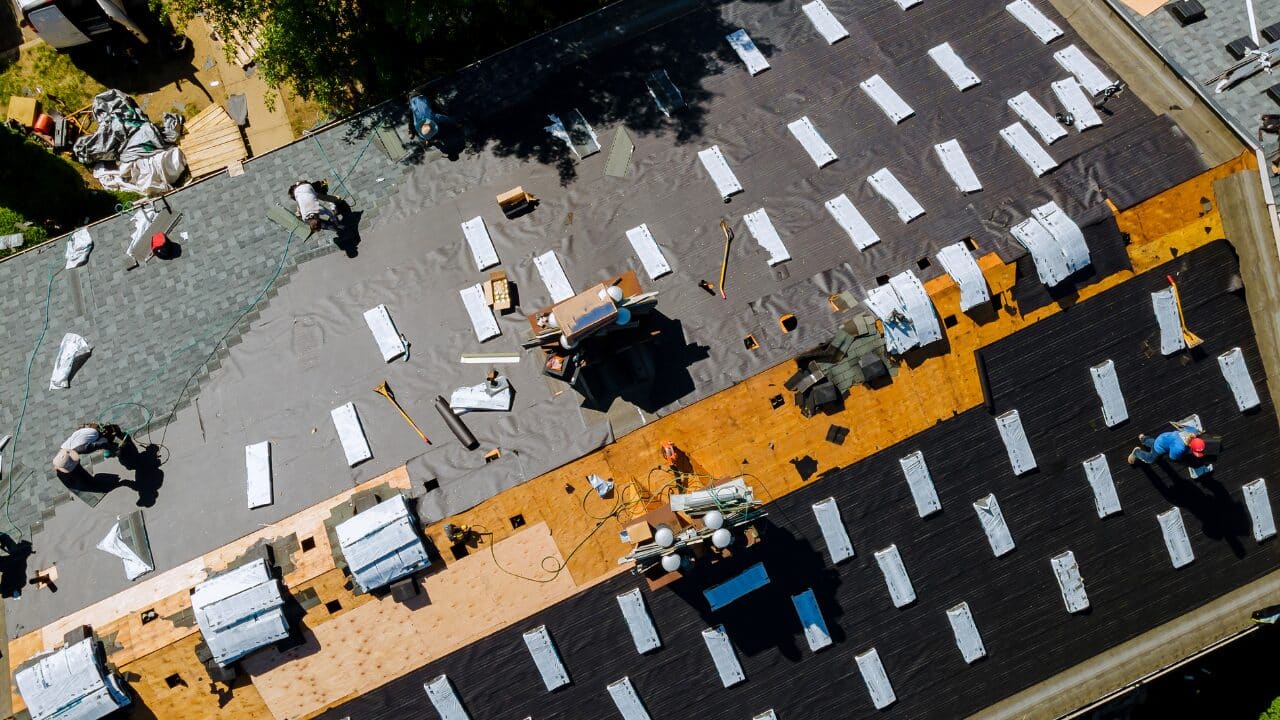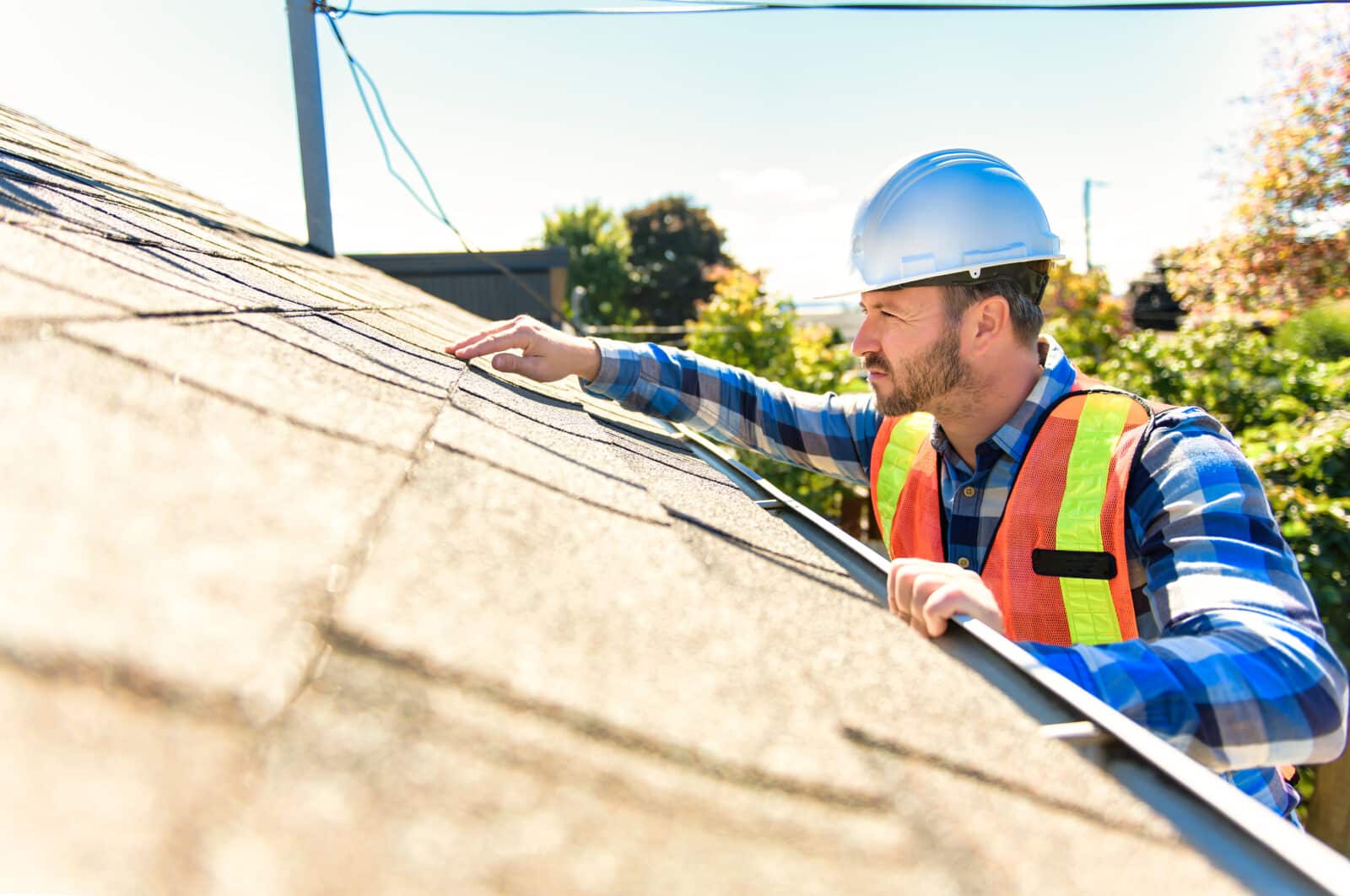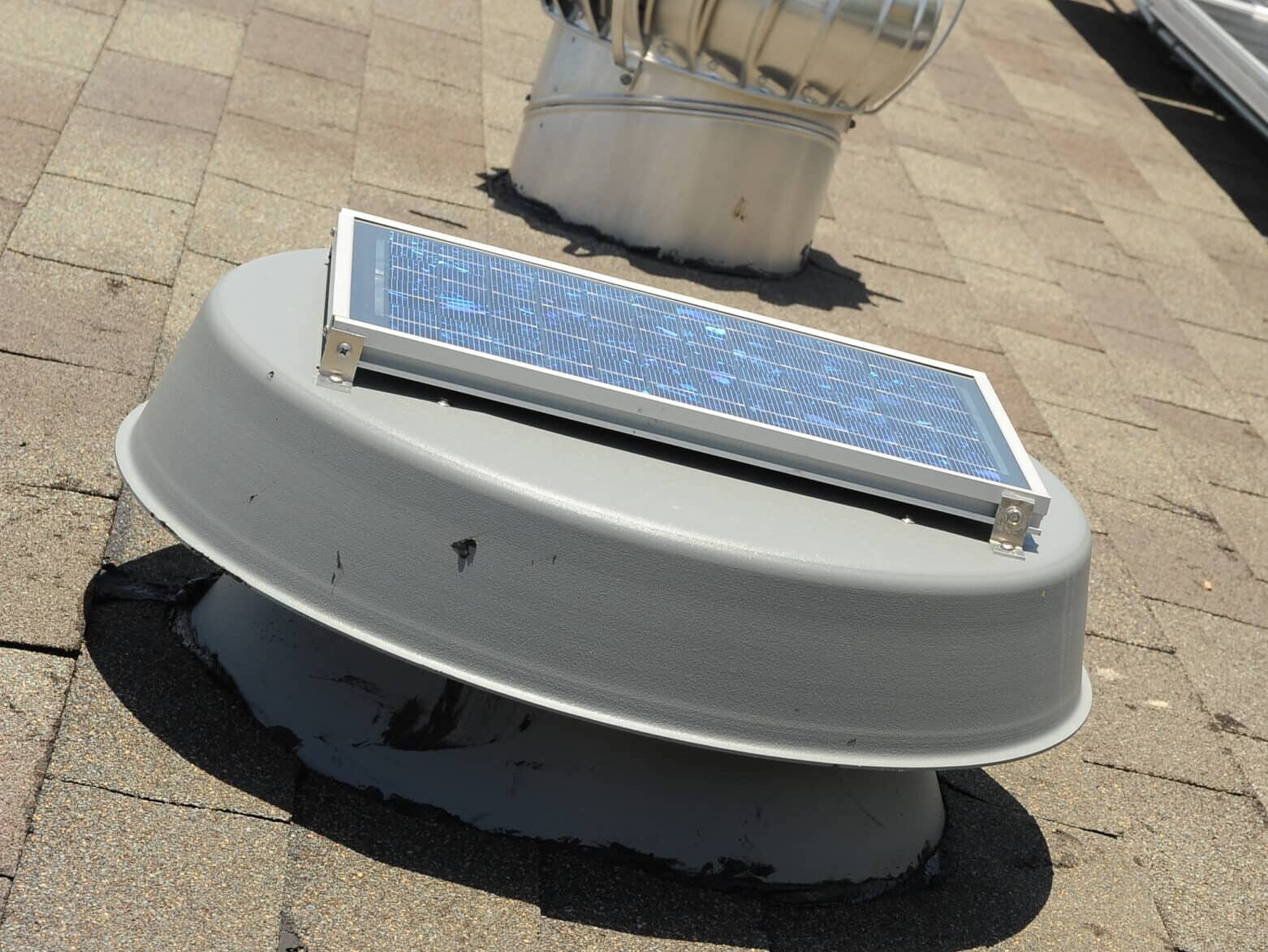The decision-making process for choosing the right commercial roof requires the consideration of several factors. What are the dimensions and weight-bearing capacity of the building? What will the facility be used for?
Additional factors to consider include budget, climate, material durability, energy efficiency, overall aesthetics of the roof, and which contractor to use for the job. Be aware of local codes, specifications, and regulations before beginning any project.
Once the specifics of the building size and use are determined, choosing the ideal material type is next on the agenda. Materials for commercial roofing include single-ply roofing, built-up roofing, metal roofing, thermoplastic roofing, and green roofing.
One innovative type of roofing material is a custom-fabricated material made from a single-ply PVC membrane that works well on flat or low-sloped commercial roofs. For more about Duro Last roofing, please follow the link.
Table of Contents
Single-Ply Roofing is Lightweight and Durable
Single-ply roofing offers superior resistance to UV rays. Its lightweight composition is ideal for flat or low-sloped roofs where additional weight may add unnecessary stress to the structure below. It’s easy to install and cost-effective, too. Single-ply roofing is made from durable synthetic materials and is energy efficient.
Built-Up Roofing is Composed of Several Layers
Built-up roofing is a unique type of roof comprised of multiple layers of different materials. When properly maintained, it provides maximum protection from severe weather and can last up to 30 years.
The composition of the layers includes asphalt and felt, with asphalt or gravel being the final outside coating. The top layer reflects sunlight, which reduces heat absorption and lowers heating and cooling costs when extreme temperatures are present.
Metal Roofing is Visually Aesthetic
A metal roof is durable and often outlasts all other roofing materials. Besides being visually appealing, metal roofing provides long-lasting protection from what Mother Nature sends its way.
Virtually indestructible and energy efficient, the only drawback to a metal roof is noise during heavy rain or hail. Metal roofing comes in many colors and styles, which adds to the aesthetic appeal that other roofing systems lack.
Thermoplastic Roofing Offers Energy Efficiency
Thermoplastic roofing works well in warmer climates. Made from TPO and PVC, a thermoplastic roof can reflect heat, allowing for a cooler indoor environment. This lightweight material reduces the cost of cooling a large commercial space.
Green Roofing is Rising in Popularity
Green roofing provides the means to lower a business’s ecological footprint. A green roof consists of a layer of vegetation installed over a roof’s existing top layer to create a lush green space. Not only is a green roof pretty to look at, but it is also a natural insulator.
Installing a green roof lowers heating and cooling costs while being an environmentally-friendly option. This roofing cover can increase property value while adding a touch of beauty and sustainability that benefits the environment and the people living and working within it.
Do the Research Before Deciding on a Specific Roofing Type
There are many types of roofing for a commercial property to choose from. The key is proper research to make an informed decision. Begin by setting a budget and looking at options that work best for the climate in the area.
Find a balance between durability and maintenance costs and consider the environmental impact of the various roofing types. Most importantly, use a reputable contractor with expertise in the selected roofing style.





